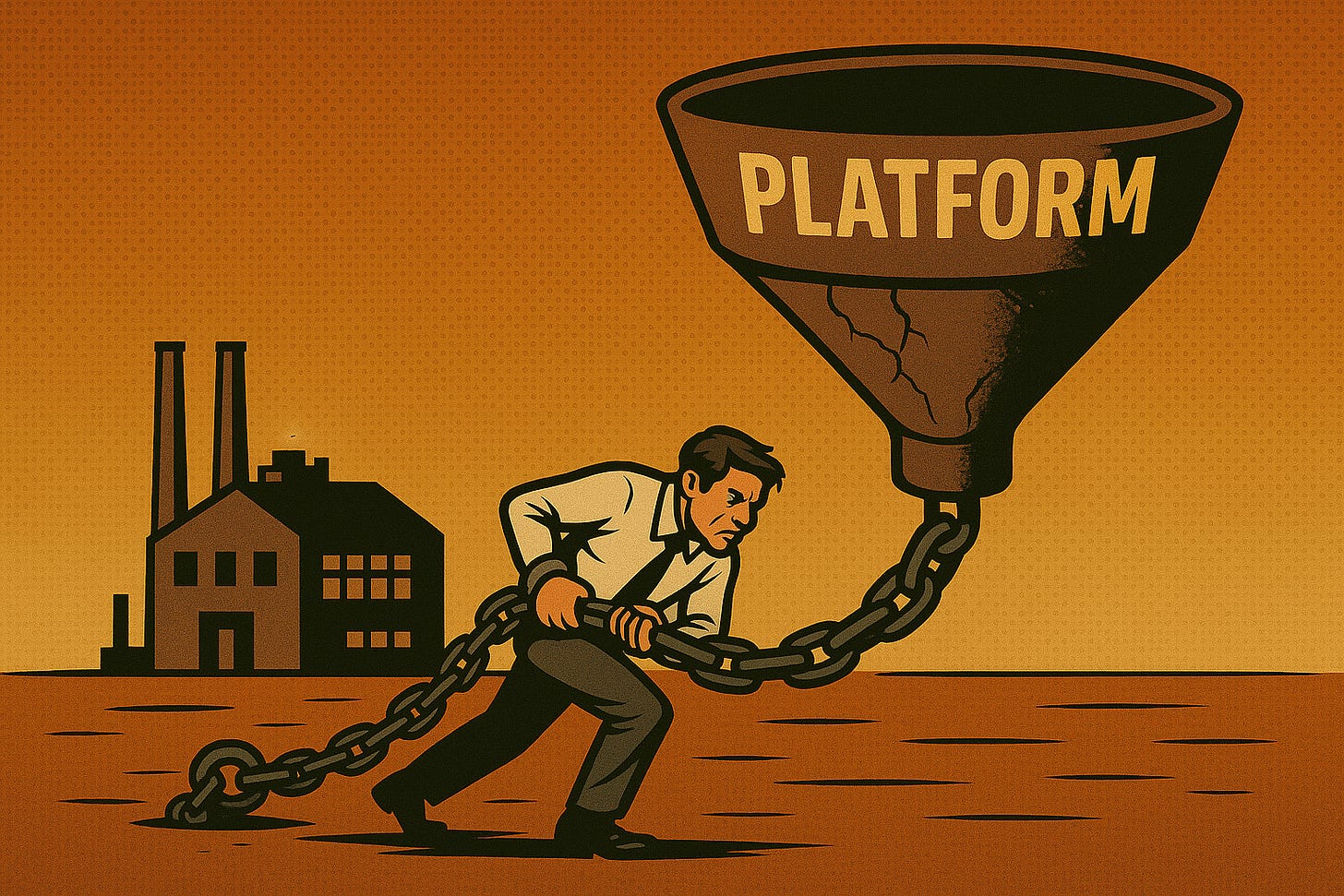The Hidden Cost of Platform Dependency: Why Tech Leverage Is a Strategic Trap
🟩 CONTEXT & ANALYSIS: “What We’re Dealing With”
In 2025, nearly every startup claims to be “built on a platform.”
AWS. OpenAI. Stripe. Google Cloud.
But the real question isn’t which platform you use.
It’s whether you’re building with these platforms—or for them.
That distinction defines your future strategic freedom.
Leveraging a platform accelerates growth.
But dependence on it creates a strategic trap — where speed today becomes fragility tomorrow.
This is the paradox of the platform economy:
every layer of convenience adds a layer of constraint.
📊 Visualizing Platform Dependency
Think of your architecture as a dependency graph:
the more of your stack tied to a single vendor, the greater your ecosystem risk and vendor lock-in exposure.
Each dependency adds hidden cost — not just in infrastructure, but in governance, adaptability, and market control.
Platform dependency isn’t technical debt.
It’s strategic debt—and the interest compounds silently.
Keep reading with a 7-day free trial
Subscribe to The Strategy Stack to keep reading this post and get 7 days of free access to the full post archives.




